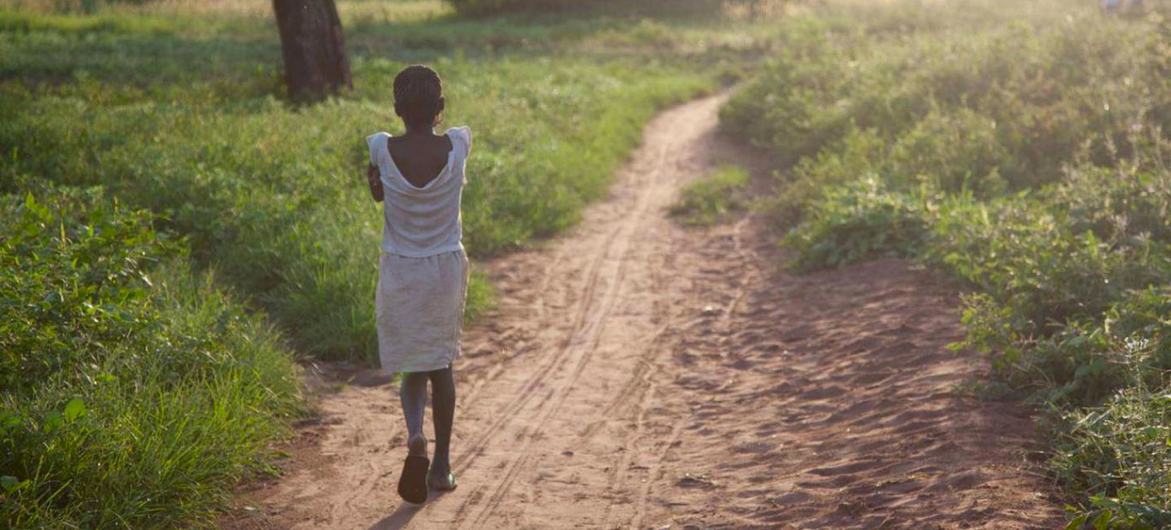Don't Miss Our Holiday offers - up to 50% OFF! & More..


Climate crisis, the main reason for the increase in the report of gender-union violence cases – eSHOP24X7
The report establishes that other factors, including extreme climate, displacement, food insecurity and economic instability, are responsible for the gravity and rebound of gender -based violence.
It has a deep impact on communities that fight with a delicate situation, where women already face the risk of violence due to the faces of inequalities.
According to the study, with an increase in global temperature in 1 ° C, cases of intimate violence can show an increase of 4.7 percent.
In the case of increasing the temperatures of 2 ° C, by 2090, about four crore girls and women can become victims of cases of violence by intimate companions, while the temperature increase can double the figure.
‘Spotlight Initiative’ is a global association between the United Nations and the European Union, focused on the elimination of all forms of violence against women and girls.
The conclusion of the study establishes that in order for climatic solutions to be effective and continuous, it is important to pay attention to rights, security and justice.


The consequences of conflicts and instability conditions can be revealed as high levels of sexual violence against women and girls.
A great epidemic
According to the report, gender violence has become a global epidemic. More than one billion women, that is, one in three women, has faced physical, sexual and social violence in some way or another during their lives.
However, the real figure is expected to be much more than this. Only seven percent of the victims who go through these experiences formally provide information about this in the police or the medical service.
The ‘Spotlight’ initiative clarifies that such cases of violence are often recorded in such cases of violence after climatic disasters occur.
In 2023, 9.31 million people have been affected by disasters and meteorological earthquakes. 42.3 Crore women faced violence for their intimate companions.
As the frequency and intensity of climate tremors increase, there is the possibility of a dramatic increase in cases of gender violence. In addition, the situation derived from flooding, drought and defrosting, child marriage, people trafficking, sexual abuse can be the reason to increase.


The risk of gender -based violence increases after climatic interruption in women in the community already under delicate conditions.
Marginalized community
According to the study, the burden of this crisis is not also distributed to all.
Women and girls living in marginal farmers, informal settlements and living in poverty are more likely to be victims of them. Tribal, disabled, old and LGBTQ+ communities also face these risks and have limited access to essential services, shelters and protection.
In sub -city Africa, in the case of temperature increase at 4 ° C, there is the possibility of increasing almost three times in cases of violence of intimate companions. In 2015, 4.8 million rupees faced these incidents, and by 2060 this number can increase to 14 million rupees.
However, due to temperature increase to 1.5 ° C, this figure can be reduced from 24 percent to 14 percent in 2060 in 2015.
The report warned that the risk against environmental rights activists is increasing.
Activists who have expressed voices against destructive use and land exploitation have to face harassment, alleged slander, physical attacks and other challenges.


A woman saved from gender -based violence in Kalemai of the Democratic Republic of Congo.
Emphasis on inclusive policy
It has been reported that despite the seriousness of the situation, only 0.4 percent of climate development assistance focuses mainly on gender equality.
The report warns that this gap is a great failure to understand how gender -based violence affects climate justice and tolerance efforts.
The ‘Spotlight Initiative’ emphasizes the prevention of gender -based violence, integrating climate policy at all levels, from local strategies to international strategy aid money.
Examples of other countries such as Mozambiq, Haiti, Liberia, Vanuatu What programs can be adopted to treat the manufacture of violence and climate tolerance are shown.
These include the re-capitalization of the rights for employment in the intelligent climate agricultural sector and to ensure that after disaster, services will be provided to prevent gender violence in relief actions and there is a provision of clinics in areas affected by disaster.
The study establishes that for effective climatic action it is necessary that the security, equality and leadership of women and girls are given priority.







